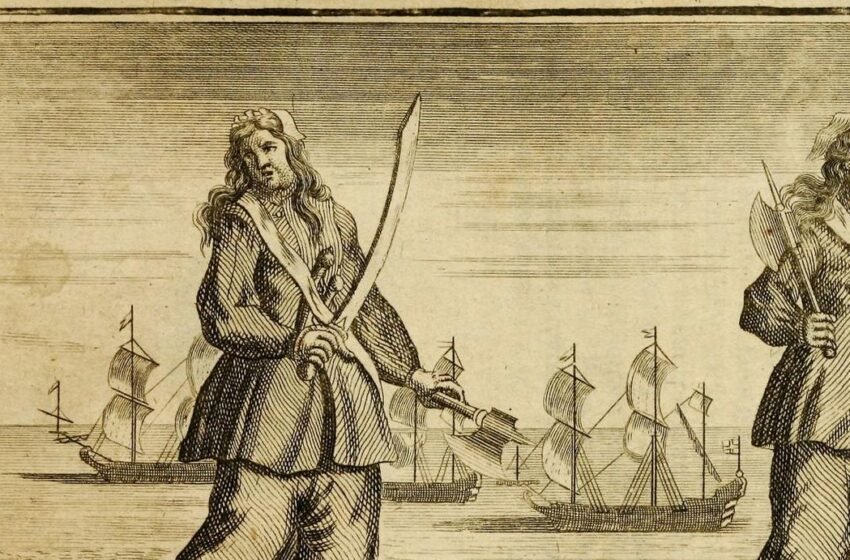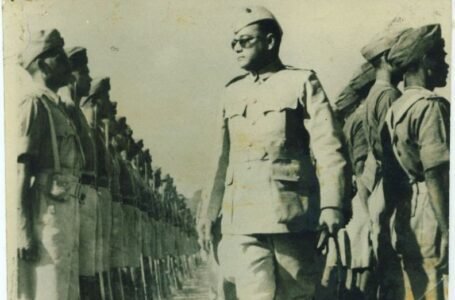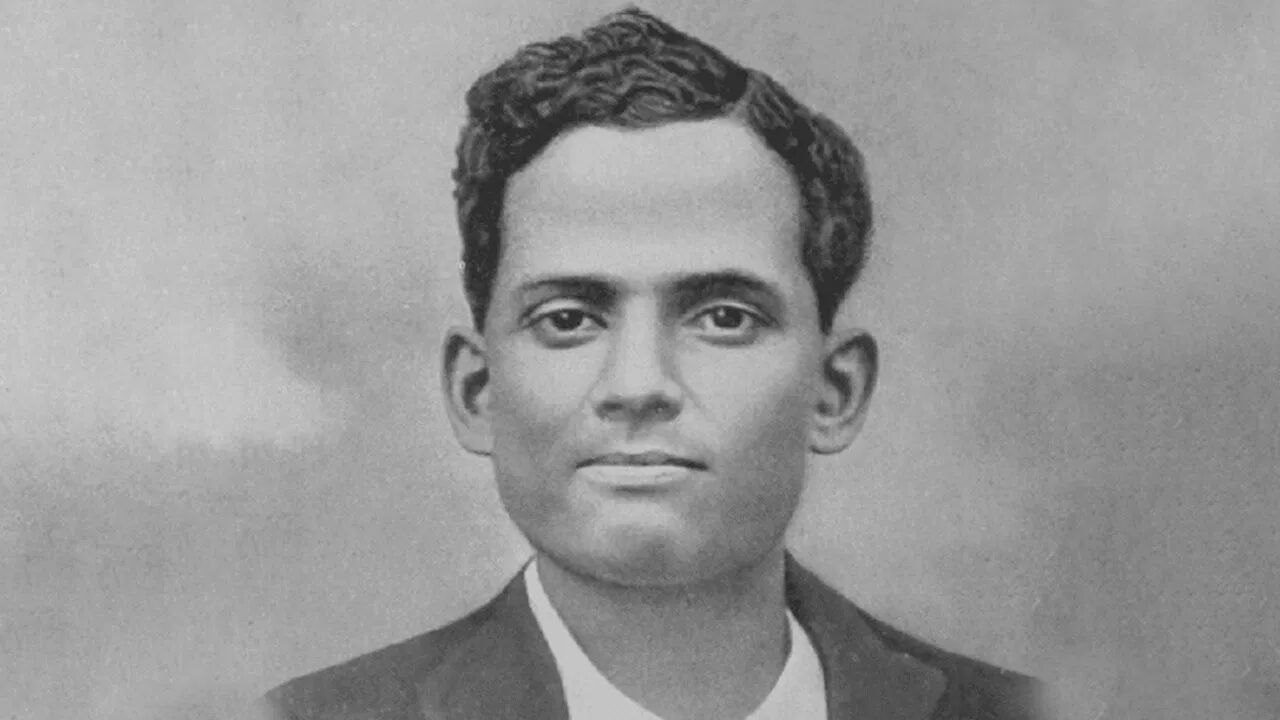The Secret Sisterhood of the Sea: Women Pirates Who Ruled the Waves

~Hemangi Maheshwari
When we think of pirates, what comes to mind? Maybe a gruff voice yelling “Aye, matey,” a battered tricorne hat, or a map marked with an X. Men with eye patches, rum-soaked breath, and parrots squawking on their shoulders. But what if we told you that some of the most daring, ruthless pirates who ever ruled the seas didn’t look like that at all? In fact, they weren’t men at all.
Hidden beneath centuries of myth, censorship, and disbelief lies an unspoken history, a secret sisterhood of women who defied everything their worlds expected of them. These weren’t mere rebels; they were queens of the waves. Women who traded corsets for cutlasses, cradles for cannons. They disguised themselves, yes, but not because they were weak. Because they were dangerous.
Let’s set sail into the stories of these sea-born outlaws. Women who commanded fleets, negotiated with queens, and made entire empires tremble.
Anne Bonny and Mary Read: Sisters of the Storm
If you were sailing through the Caribbean in the early 1700s, you’d pray you didn’t cross paths with Calico Jack Rackham. But even more feared than him were the two women who fought beside him, Anne Bonny and Mary Read.
Anne was the flame-haired daughter of a wealthy Irishman, born into privilege but allergic to obedience. Mary, on the other hand, was born into hardship, so much so that her mother disguised her as a boy just so she could inherit her deceased brother’s share of the family fortune. Two very different paths. Same destination: piracy.
Both disguised themselves as men aboard Calico Jack’s ship, but it didn’t take long for their secret to become an open one. They weren’t trying to hide. They were fighting, drinking, and out-swearing the rest of the crew. When the British Navy attacked their ship in 1720, most of the men were too drunk or too cowardly to fight.
Anne and Mary stayed above deck, cutlasses drawn, cursing the men for hiding like rats. They fought until the ship was overrun.
Captured, the two women claimed pregnancy to avoid immediate execution. Mary died in prison not long after. As for Anne? History loses her trail, some say she escaped, others say she lived quietly under a new name. But the legend she left behind? That never died.
Ching Shih: The Widow Who Conquered the Sea
In 19th-century China, pirates were a constant headache for the Qing Dynasty. But one name turned that headache into a full-blown nightmare: Ching Shih.
She didn’t start out with cannons and command. In fact, she was working in a floating brothel when she met Zheng Yi, a notorious pirate captain. They married, and when he died a few years later, Ching Shih did what no one expected, she took over his fleet.
Not just took over. She expanded it.
Under her leadership, the Red Flag Fleet grew to command between 300 to 1,800 ships (sources vary), with over 70,000 pirates under her command. Let that number sink in. Seventy thousand. That’s not a crew. That’s an army.
She implemented strict rules: no stealing from villagers who paid tribute, no sexual assault under penalty of death, and total loyalty to her code. Disobedient captains were executed. Rivals were crushed. Coastal towns paid her taxes just to avoid being burned to the ground.
The Chinese navy, Portuguese armadas, and British Royal Navy all tried to bring her down. None succeeded.
Eventually, Ching Shih did the unthinkable, she negotiated a peaceful surrender. Not only was she pardoned, but she kept her loot and lived out her days running a gambling house.
She didn’t just sail the seas. She bent them to her will.
Grace O’Malley: Pirate Queen of Ireland
Before the Caribbean was synonymous with piracy, there was Grace O’Malley, the fierce Irish chieftain who controlled the western seas of Ireland in the 1500s. Born into a noble family with a fleet of ships, she was expected to marry, raise children, and play the part of a noblewoman.
She had other ideas.
Grace took to the sea, captaining ships, raiding English garrisons, and establishing control over important coastal territories. Her reputation grew so large that when English forces arrested her sons and seized her ships, she sailed straight to London.
And walked into Queen Elizabeth I’s court.
A pirate. In the palace of an empire.
She spoke not as a subject, but as an equal. Two powerful women, enemies by blood, but perhaps not by soul, negotiated face to face. Elizabeth released her sons. Grace returned to the sea.
Try fitting that into a children’s textbook.
Why Did These Women Choose the Pirate’s Life?
For most women in history, choices were limited. Marry who you’re told. Obey your father, your husband, your king. But on a pirate ship, everything changed.
There were no bloodlines at sea. No dowries. Just survival, skill, and strength.
Women like Anne, Mary, Ching, and Grace weren’t just rebelling against their families or their cultures, they were rebelling against the very structure of gendered power. Some disguised themselves to get aboard, but once there, they didn’t just blend in. They rose.
Many escaped abusive homes, arranged marriages, poverty, or worse. Some were widows, others runaways. The sea gave them something land never could: a blank slate.
And they wrote their stories with blood and saltwater.
More Than Myths: How History Tried to Erase Them
The problem wasn’t just that these women existed, it was that they succeeded. They killed, conquered, commanded, and negotiated. They weren’t sidekicks. They weren’t lovers following a man to battle. They were leaders.
But Victorian historians, eager to preserve a clean-cut, domesticated image of femininity, twisted the narratives. Anne Bonny became a jilted lover. Mary Read was reduced to a woman in search of romance. Ching Shih? Barely mentioned in Western texts until very recently.
Even today, in films and TV shows, women pirates are often portrayed as seductresses or anomalies, never as equals, let alone as superiors.
But their own lives tell a different story.
The Pirate Code: More Progressive Than We Think
Many pirate ships followed surprisingly democratic principles. They had written constitutions. Equal shares of loot. Even systems for compensation if you lost a limb in battle.
Some ships allowed same-sex partnerships that were openly acknowledged. Others voted for their captains.
On land, women couldn’t vote. At sea, they could rule.
In this chaotic, violent, and unpredictable world, a strange kind of justice existed, and it often gave women more freedom than any so-called “civilised” nation ever did.
Outlaws or Heroines? Or Perhaps Something Wilder.
It would be a mistake to romanticize these women. They weren’t saints. They looted merchant ships, spilled blood, and made ruthless decisions.
But to dismiss them as criminals is to ignore what they really were, products of a world that gave them no place, and pioneers of one they built for themselves.
Anne Bonny, Mary Read, Grace O’Malley, Ching Shih, they didn’t wait for permission. They took space. They made history. And when the world tried to forget them, the sea whispered their names into the waves.
And now, we remember.


